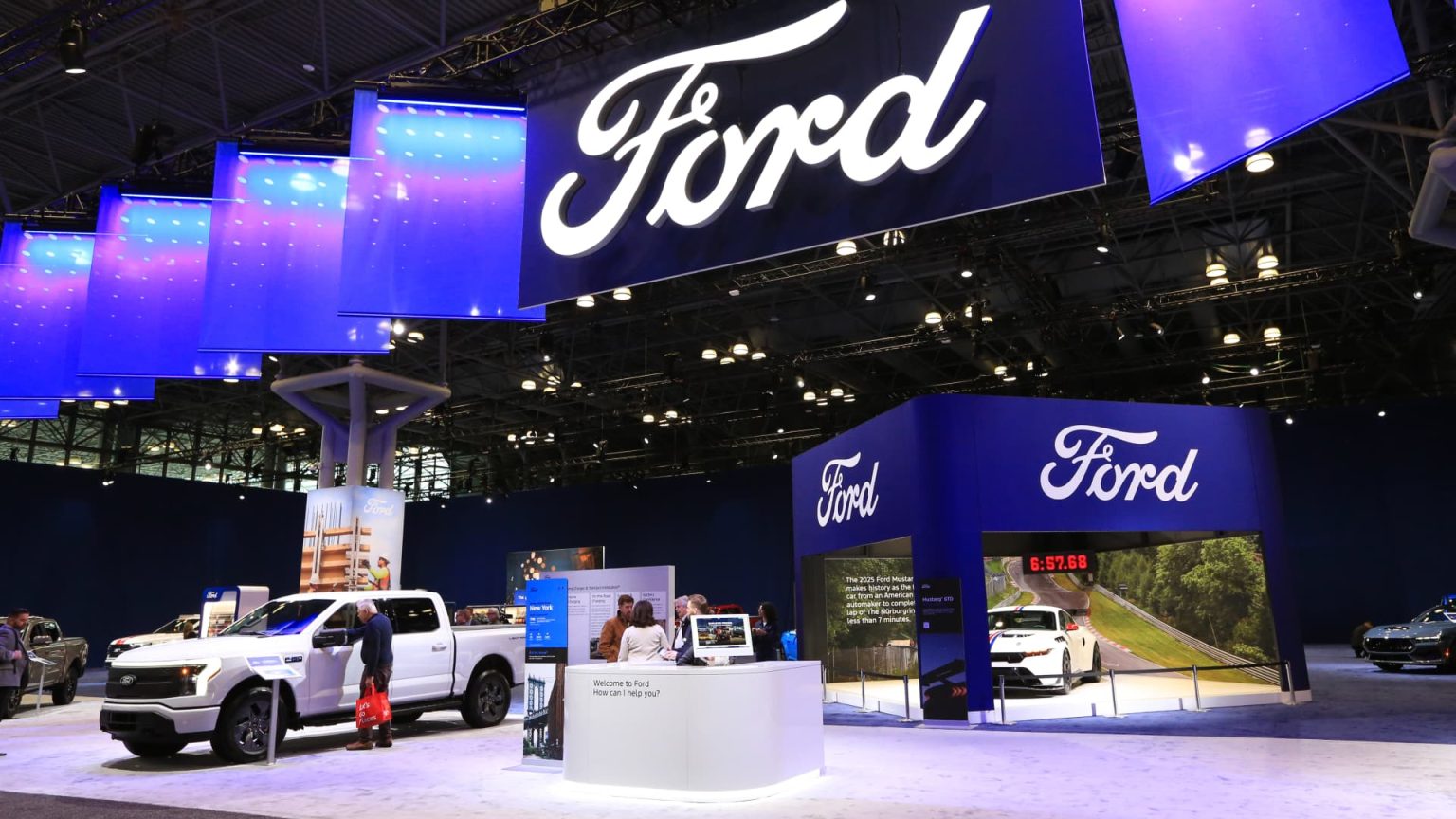In April 2025, several automakers, including Ford, Hyundai, and Kia, reported notable increases in U.S. sales as consumers rushed to purchase vehicles amidst fears of impending price hikes due to tariffs. The surge in demand, which began in late March, was fueled by discount offers and promises from manufacturers not to increase prices soon. However, analysts have warned that the momentum may not be sustainable as inventory tightens and costs rise.
| Article Subheadings |
|---|
| 1) Significant Year-Over-Year Sales Increases |
| 2) Consumer Behavior Driven by Tariff Fears |
| 3) The Impact of Government Tariffs |
| 4) Future Outlook for the Auto Industry |
| 5) Executive Insights on Industry Changes |
Significant Year-Over-Year Sales Increases
Automakers reported impressive sales figures for April as a result of heightened consumer activity. For instance, Ford experienced a 16% year-over-year sales increase. This surge is largely attributed to a combination of consumer enthusiasm and an ongoing “employee pricing” program introduced in light of recent tariff implementations. Similarly, Hyundai noted a remarkable 19% sales increase for its namesake brand compared to April 2024, while Kia also experienced a sales uptick of roughly 14%.
Consumer Behavior Driven by Tariff Fears
The surge in vehicle purchases began in late March as consumers rushed to secure vehicles before potential price increases prompted by tariffs. The fear of significantly higher costs in the near future created a climate of urgency among buyers. Experts like Thomas King, president of the data and analytics division at J.D. Power, remarked that the April sales results were significantly influenced by the looming tariff concerns. The trend indicates that consumers are willing to act quickly when faced with the possibility of financial pressure due to increased vehicle costs.
The Impact of Government Tariffs
On April 3, 2025, a 25% tariff on imported vehicles was enacted. This decision, made by the administration, has had immediate repercussions on the automotive industry. While some provisions have been adjusted to reduce the burden on automakers, including potential reimbursements for U.S. parts, the overarching structure of the tariffs remains unchanged. This regulation has not only influenced consumer buying behavior but also set the tone for corporate strategy within the industry.
Future Outlook for the Auto Industry
Despite the strong sales figures in April, experts predict that the momentum may not persist. Executives from leading automotive companies, including Jonathan Smoke, chief economist at Cox Automotive, suggest that the combination of higher costs and decreasing inventories may lead to a slowdown in sales. This transition towards a market with elevated tariffs could pose challenges, causing uncertainty for consumers and manufacturers alike.
Executive Insights on Industry Changes
The executives of various automakers have shared their perspectives on the current state of the industry. Jim Farley, CEO of Ford, expressed that the recent adjustments to tariffs are a positive development. However, he emphasized the need for further actions to strengthen the automotive sector and support the growth of domestic manufacturing. This sentiment reflects a broader concern among automotive leaders about the sustainability of current sales trends and the overall health of the auto market.
| No. | Key Points |
|---|---|
| 1 | Significant sales increases were reported by major automakers in April 2025. |
| 2 | Consumers rushed to buy vehicles due to fears of future price hikes from tariffs. |
| 3 | Tariffs imposed on imported vehicles have reshaped the market landscape. |
| 4 | Analysts predict a potential future decline in vehicle sales due to tight inventories and rising costs. |
| 5 | Industry leaders call for additional support from the government to safeguard the sector’s future. |
Summary
The performance of the automotive industry in April 2025 showcases a remarkable surge in sales driven by consumer urgency amidst tariff fears. However, as challenges loom with increasing prices and inventory constraints, the future remains uncertain. The insights from industry leaders highlight the critical need for supportive measures to ensure the sector’s sustainability in a rapidly changing economic landscape.
Frequently Asked Questions
Question: What were the factors driving the surge in vehicle sales in April 2025?
The surge was primarily driven by consumer fear of impending price hikes due to tariffs, motivating swift purchasing behavior among buyers.
Question: What tariffs were enacted on vehicles in early April 2025?
A 25% tariff on imported vehicles was implemented on April 3, 2025, influencing the automotive market significantly.
Question: How have automotive executives responded to the changes in tariffs?
Automotive executives have expressed cautious optimism about recent modifications to tariffs but call for further action to support the industry effectively.


